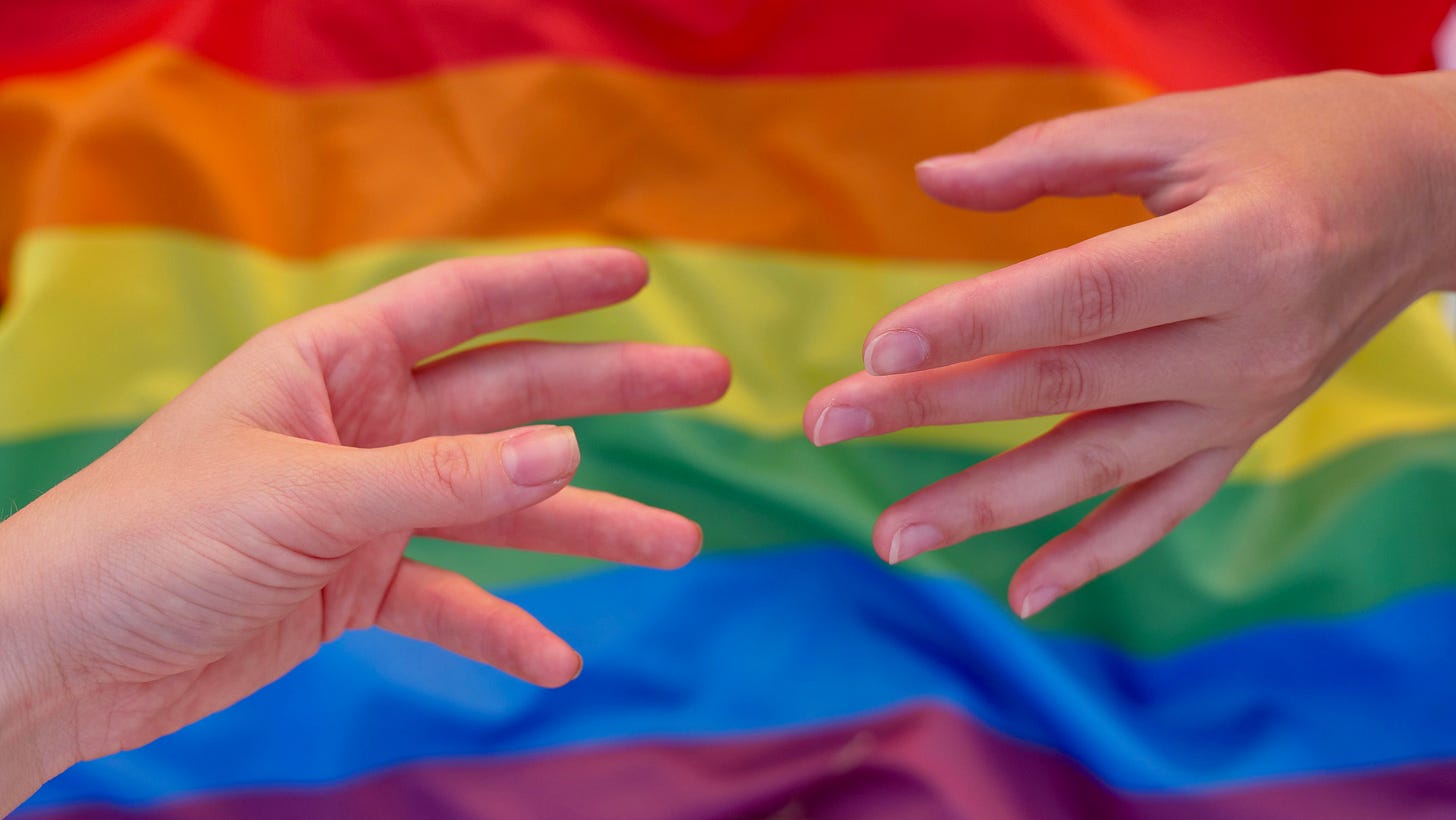In today’s ever-evolving discussion about identity, the distinctions between being bi and gay - and the acceptance journey for each - are more nuanced and complex than most people realise. While society has become more accepting, there are still layers to peel back when it comes to fully embracing and understanding who you are, especially if you’re questioning your attractions or have spent years identifying as straight.
The Bisexual Experience: Living with Dual Attractions
For many who identify as bisexual, it can feel like living with a compass that points in multiple directions, a mix of attractions to different genders that can vary in intensity or timing. This experience often comes with its own unique challenges and joys. Bisexuality is a valid, standalone identity and doesn’t imply that someone is “halfway” or “transitioning” to gay. It’s a space where multiple truths can coexist.
One of the most difficult parts of being bi is facing misunderstandings from both straight and gay communities. Bisexual people are sometimes seen as “experimenting” or “just waiting to pick a side.” This can create a sense of invalidation or mistrust, which makes it even harder for bi folks to come out or feel fully accepted in any one space. For some, there’s an added layer of insecurity or doubt, questioning whether they’re “gay enough” or “straight enough,” which can lead to feelings of isolation or loneliness.
The Gay Experience: Overcoming Fear and Embracing Self
On the other side, coming out as gay can feel more straightforward in some ways but is not without its own set of challenges. For many who identify as gay, there is often a pivotal “aha” moment or journey of self-realisation, followed by a struggle for acceptance — both personally and socially. While the gay community may be more widely understood in terms of visibility and representation, the path to living openly is still layered with fears about rejection, discrimination, and internalised shame.
Being gay can feel like embracing a part of yourself that you’ve always known was there but perhaps couldn’t always articulate. Unlike bisexuality, where attractions can be fluid across genders, identifying as gay often comes with a sense of “knowing” one’s attraction is primarily or exclusively toward the same gender. This often solidifies into a firm identity — though not without periods of questioning or insecurity along the way.
Questioning the Straight Side: Letting Go of Labels and Embracing Curiosity
For many people, especially those who come out later in life, questioning the straight side of their attractions can feel like opening a door they’ve kept closed for years, sometimes decades. This questioning often brings up feelings of guilt, denial, and even fear. After all, for many, the idea of attraction to the opposite gender was presented as the “normal” path from the start, and moving away from that can feel like rejecting a huge part of oneself — or even an entire past life.
It’s okay to take time to explore and question. Attraction isn’t a straight line; it’s a spectrum, and it can change over time. Allowing yourself to feel, explore, and question any aspects of your attractions, including the straight ones, can be liberating. There’s no rush to fit into one label or even maintain the same identity forever.
In fact, one of the biggest lessons in this journey is understanding that love, attraction, and identity are all fluid. The space you hold for yourself, no matter where you land, is what matters most. Letting go of labels and trusting yourself to know what feels right can lead to a deeper connection with who you are.
Finding Acceptance and Community in Your Journey
Acceptance is a journey, whether you identify as bi, gay, straight, or are still questioning. Surrounding yourself with supportive friends, family, or communities that understand the LGBTQI+ experience is essential. It helps to find people who respect the fluidity of attraction and who allow you to share and explore without judgment. Acceptance isn’t a destination; it’s an ongoing practice that you revisit as your identity evolves.
Whether you are bi, gay, or still exploring, you’re part of a vibrant, diverse community of people who have faced similar questions and struggles. Each experience adds to the rich tapestry of LGBTQI+ voices. Questioning and redefining yourself isn’t a sign of uncertainty; it’s a sign of growth, resilience, and courage.
In a world that loves labels, choosing authenticity — whatever that looks like for you — is the boldest choice you can make.




